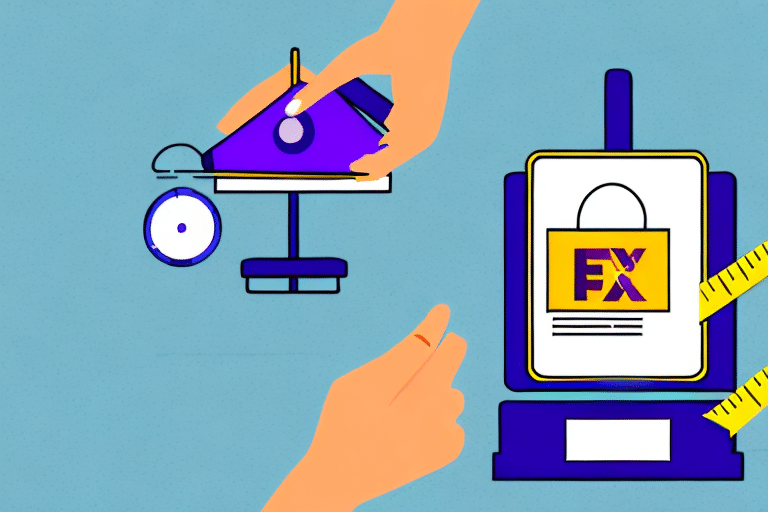Understanding UPS Additional Handling Charges
When shipping packages with UPS, you might encounter additional handling charges. These surcharges are extra fees applied to packages that require special handling due to exceeding standard weight, size, or shape limits set by UPS. This article delves into the cost of UPS additional handling charges, how they are calculated, and strategies to avoid them.
When and Why UPS Applies Additional Handling Charges
Exceeding Standard Size and Weight Limits
UPS imposes additional handling charges when packages surpass the standard size and weight limits. For domestic shipments within the U.S., the standard weight limit is typically 70 pounds, and the maximum length is 108 inches. International packages have stricter limits, with a maximum weight of 150 pounds and a length of 165 inches.
Special Handling Requirements
Packages containing hazardous materials, fragile items, or those with irregular shapes may incur extra fees. These charges cover the additional time and resources needed to safely handle and transport such items.
Factors Influencing UPS Additional Handling Charges
Package Dimensions and Weight
The primary factors affecting additional handling charges are the weight and dimensions of the package. Oversized or overweight packages require more effort to handle, leading to higher fees.
Destination Location
Shipping to remote or hard-to-reach locations can result in higher handling charges due to the increased effort and resources required for delivery.
Package Content
Items that are hazardous, perishable, or particularly fragile necessitate special handling, which can increase the overall shipping cost.
Types of Packages That Trigger Additional Fees
- Large or oversized packages
- Odd-shaped or irregularly sized packages
- Packages with protruding edges or unconventional dimensions
- Fragile items requiring extra protection
- Packages containing hazardous materials
Ensuring that your package does not fall into any of these categories can help you avoid additional handling charges.
Strategies to Avoid UPS Additional Handling Charges
Optimize Packaging
Use appropriately sized boxes and ensure that items are well-cushioned to prevent damage. Proper packaging can help keep your package within UPS’s standard size and weight limits.
Use UPS Packaging Solutions
UPS offers a variety of packaging options designed to meet their shipping requirements. Utilizing these can help you avoid extra fees. You can find these options on the UPS website.
Accurate Labeling and Documentation
Clearly label your packages with accurate weight and dimension information. Mislabeling can lead to unexpected handling charges.
Consider Alternative Shipping Methods
If you frequently ship bulky or heavy items, exploring freight or less-than-truckload (LTL) services might be more cost-effective than standard parcel services.
Comparing UPS Additional Handling Charges with Other Carriers
Other major carriers like FedEx and USPS also impose additional handling fees for packages that exceed their standard limits. While the exact fees and criteria may differ, the underlying principle remains the same: extra effort required to handle oversized or special packages results in additional costs.
For instance, FedEx considers a package requiring additional handling if it exceeds 50 pounds or 48 inches in length, which differs from UPS’s limits. Understanding each carrier’s specific guidelines can help you choose the most cost-effective option for your shipping needs.
Future Trends in UPS Additional Handling Charges
With the continuous growth of e-commerce, the demand for shipping oversized and irregularly shaped packages is expected to rise. UPS may adjust their additional handling fees accordingly to manage the increased volume and complexity of shipments. Keeping abreast of these trends can help businesses and individuals plan their shipping strategies effectively.
Conclusion
UPS additional handling charges can significantly impact the cost of shipping, especially for oversized, heavy, or specially handled packages. By understanding the factors that lead to these fees and implementing strategies to optimize packaging and shipping practices, you can minimize or avoid incurring additional handling charges. Staying informed about UPS’s policies and comparing them with other carriers can also help you make the most cost-effective shipping decisions.








